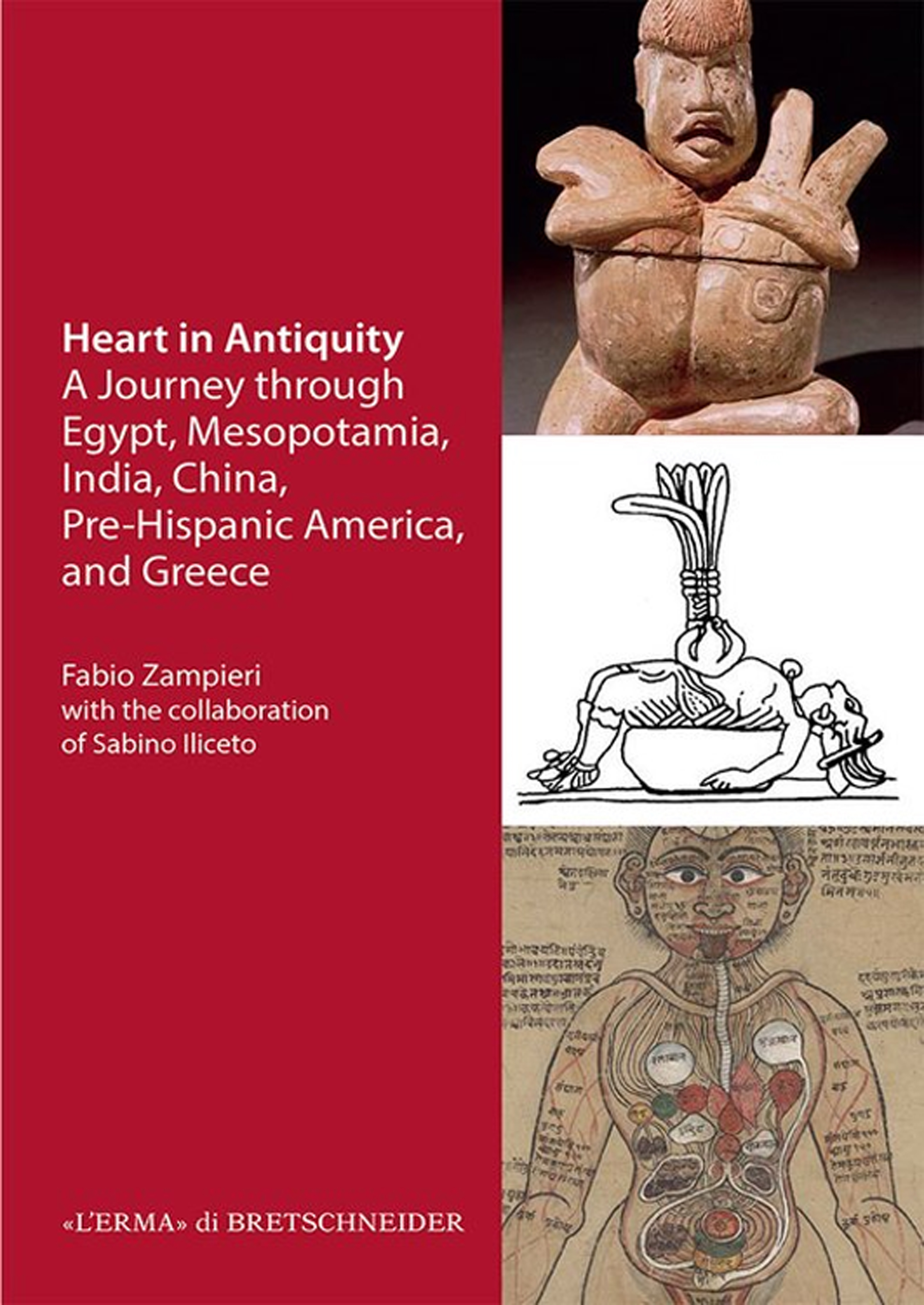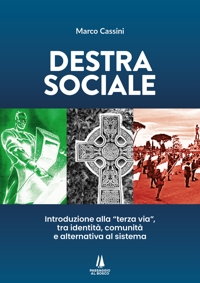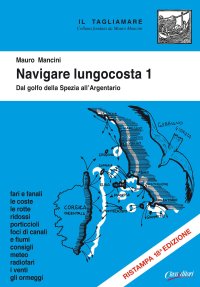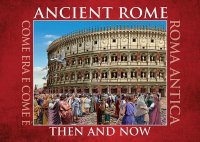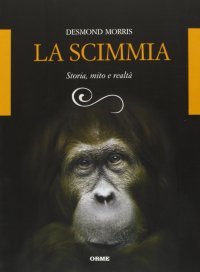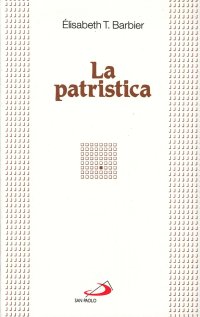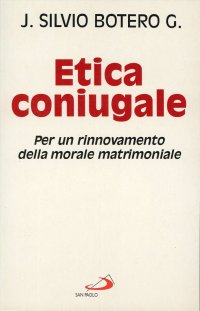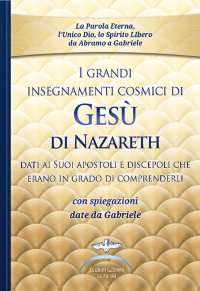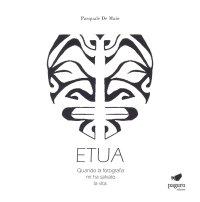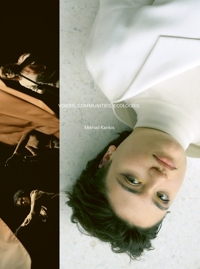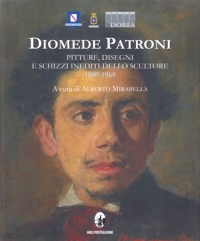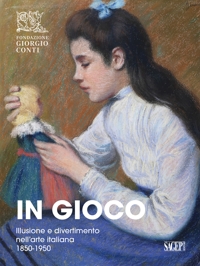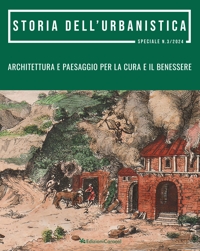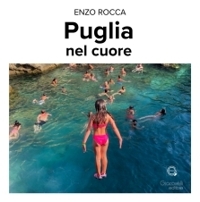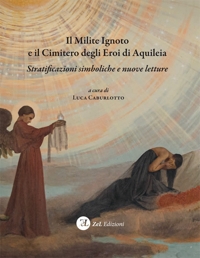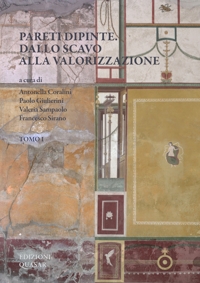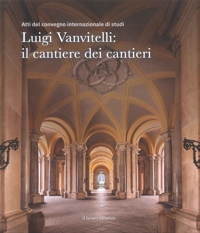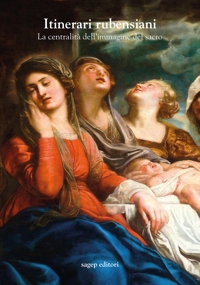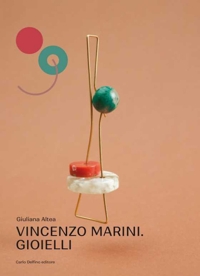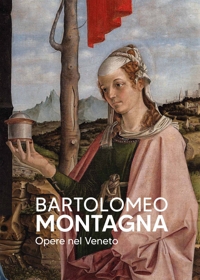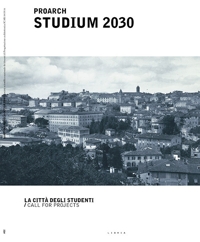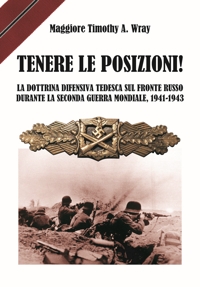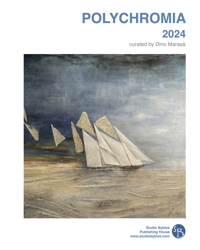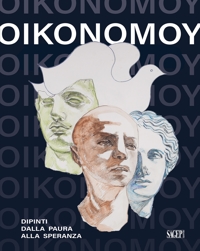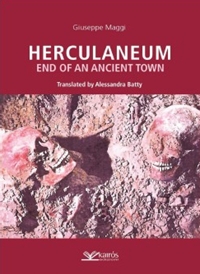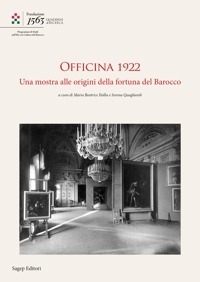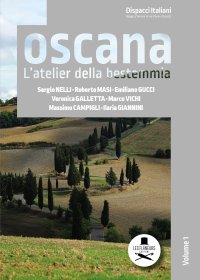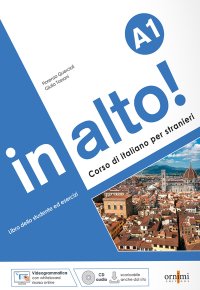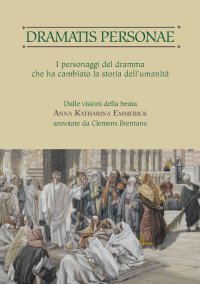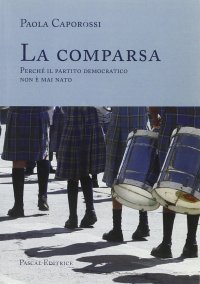Felice Palma. Massa 1583-1625. Collezione / Collection.
Testi di Andrei Cristina, Ciarlo Nicola, Federici Fabrizio, Claudio Casini e Sara Ragni.
Testo Italiano e Inglese.
Pontedera, 2024; ril. in cofanetto, pp. 289, ill. b/n e col., tavv. b/n e col., cm 24,5x34.
(L'Oro Bianco. Straordinari Dimenticati. The White Gold Forgotten Masters).
prezzo di copertina: € 160.00
|
Libri compresi nell'offerta:
Felice Palma. Massa 1583-1625. Collezione / Collection.
Testi di Andrei Cristina, Ciarlo Nicola, Federici Fabrizio, Claudio Casini e Sara Ragni.
Testo Italiano e Inglese.
Pontedera, 2024; ril. in cofanetto, pp. 289, ill. b/n e col., tavv. b/n e col., cm 24,5x34.
(L'Oro Bianco. Straordinari Dimenticati. The White Gold Forgotten Masters).
OMAGGIO (prezzo di copertina: € 160.00)
Le botteghe del marmo
Testo Italiano e Inglese.
Ospedaletto, 1992; ril., pp. 153, 10 ill. b/n, 60 ill. col., cm 24x29.
(Immagine).
OMAGGIO (prezzo di copertina: € 34.49)
Museo Stefano Bardini. I Bronzetti e gli Oggetti d'Uso in Bronzo
A cura di Nesi A.
Firenze, 2009; br., pp. 191, 102 ill. b/n, 7 ill. col., cm 17x24,5.
(Museo Stefano Bardini).
OMAGGIO (prezzo di copertina: € 30.00)
Bronzetti e Rilievi dal XV al XVIII Secolo
Bologna, 2015; 2 voll., ril. in cofanetto, pp. 729, ill., tavv. col., cm 21,5x30,5.
OMAGGIO (prezzo di copertina: € 90.00)
The Heart in Antiquity. A Journey through Egypt, Mesopotamia, India, China, Pre-Hispanic America, and Greece
Fabio Zampieri - Sabino Illiceto
Libreria Editrice L'Erma di Bretschneider
Testo Inglese.
Roma, 2022; ril., pp. 456, cm 17x24.
(Storia della Medicina. 6).
collana: Storia della Medicina
ISBN: 88-913-2782-4 - EAN13: 9788891327826
Testo in: 
Peso: 1 kg
The cardiovascular system was not well understood anywhere in antiquity. The heart and vessels were viewed as system of conduits containing all kind of physiological and pathological fluids, such as blood, sperm, sweat, urine, and feces. Arteries and veins were not distinguished from neither an anatomical nor a physiological point of view. Circulation was far from being understood. After millennia of ignorance, William Harvey, in 1628, demonstrated that the heart was a pump and its function was to push blood in the systemic circulation. This is rightly considered the dawn of modern cardiovascular medicine. Consequently, all ideas, theories and practices of ancient medicine were reduced to unimportant superstitions. Historians of medicine, adapting to that "dogma", relegated pre-Harveian cardiology to roughs notes, preventing a proper historical evaluation of many centuries of cardiovascular conceptions and practices.
All the ancient civilizations investigated in that book shared the conviction that the heart was the biological and spiritual center of the body, as the seat of emotions, mind, will, vital energy and the soul. That the heart maintained a special role both in religion and in medicine across millennia, surviving from cultural and scientific revolutions, deserves to be investigated and, possibly, explained. During the last decades, new advancements in cardiovascular and neurological physiology and pathology, shed new light on ancient ideas. Researchers are focusing on the so-called brain-heart axis, which demonstrate how these organs are strictly interconnected. Moreover, the role of the heart in emotions is becoming even more important. Indeed, ancient conceptions about the heart are founding a new validation in the physiological and neurological ground. Therefore, a first attempt of rediscovering the earliest theories and practices of cardiovascular medicine couldn't wait any longer. Finally, the celebration for the eight centuries of the University of Padua (1222-2022), represented the best occasion to undertake such an ambitious project. We hope to have been able to reach the goal, at least in the form of an original work which might inspire further researches and discoveries.
Marco Cassini € 14.25
€ 15.00 -5 %
Mauro Mancini € 30.40
€ 32.00 -5 %
Etica Coniugale. Per un Rinnovamento della Morale Matrimoniale
In gioco. Illusione e divertimento nell'arte italiana 1850-1950
Proarch Studium 2030. La città degli studenti/Call for projects
Officina 1922. Una Mostra alle Origini della Fortuna del Barocco











